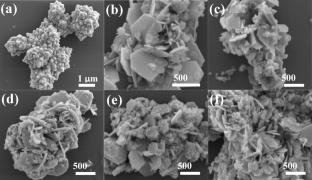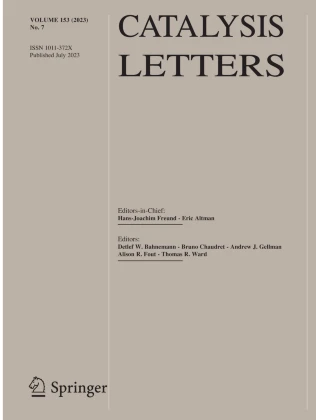Photocatalytic Hydrogen Production Performance of Ag-modified S-scheme CdS/Bi2O3 Heterojunction Composites
Abstract
This study successfully synthesizes an Ag-modified CdS/Bi2O3 (Ag-CS/BO) S-scheme heterojunction photocatalyst via a solvothermal approach coupled with a photoreduction technique. The research examines the photocatalytic hydrogen evolution performance of this Ag-modified catalyst in water splitting reactions and the underlying catalytic mechanism. The findings indicate that the S-scheme heterojunction formed by hexagonal Bi2O3 (BO) nanosheets and CdS (CS) nanoparticles can selectively recombine the conduction band electrons of BO with the valence band holes of CS via the effect of the interfacial internal electric field (IEF). Meanwhile, this photocatalyst retains the strongly reductive electrons (-0.53 eV vs. NHE) in the conduction band of CS and the highly oxidative holes (+ 2.76 eV vs. NHE) in the valence band of BO. The incorporation of silver nanoparticles further expands the light absorption spectrum and facilitates charge separation via the surface plasmon resonance (SPR) effect. The 3-Ag-CS/BO composite with 3 wt% silver doping demonstrates a hydrogen evolution rate of 1276.8 µmol·g− 1·h− 1 under simulated solar irradiation, showing a 4.4-fold increase compared to pristine BO. Additionally, this newly synthesized catalyst exhibits remarkable cycling stability. The combination of X-ray photoelectron spectrometer (XPS), Mott-Schottky measurements, and first-principles calculations all confirm the electron transfer pathway from CS to BO and reveal the unique charge separation mechanism of the S-scheme heterojunction. This study offers novel perspectives for the design of high-efficiency S-scheme heterojunction photocatalysts.
Graphical Abstract


 求助内容:
求助内容: 应助结果提醒方式:
应助结果提醒方式:


